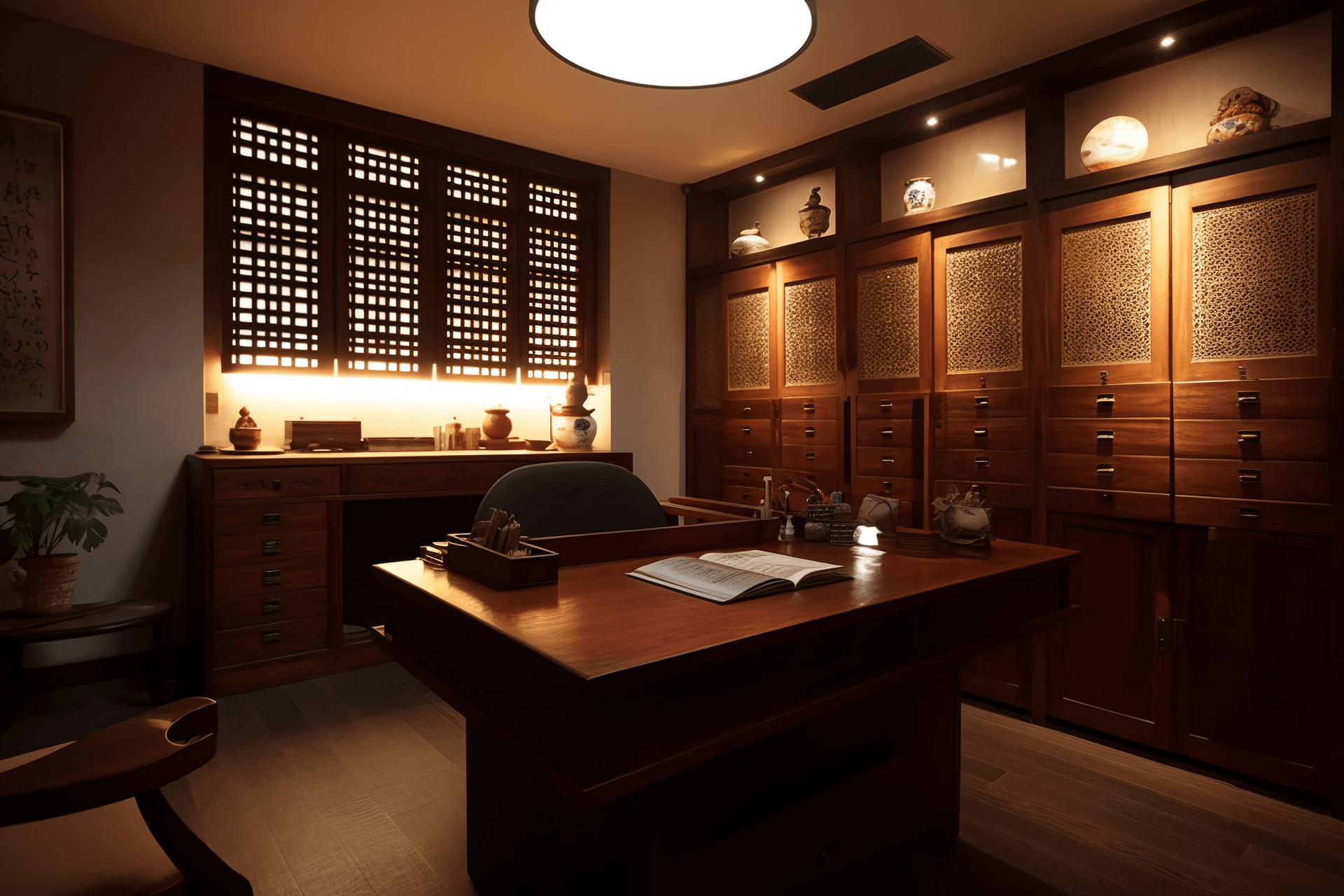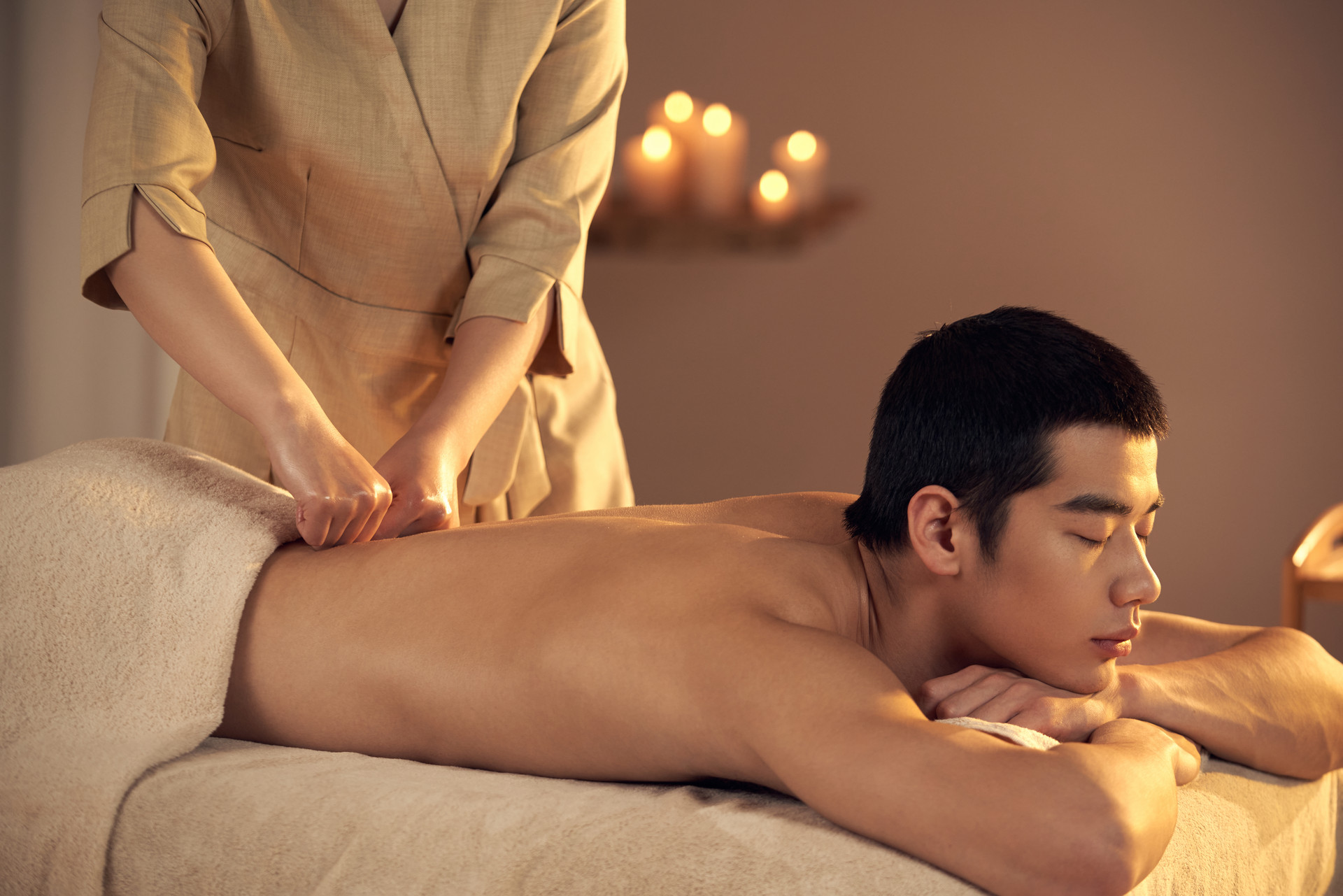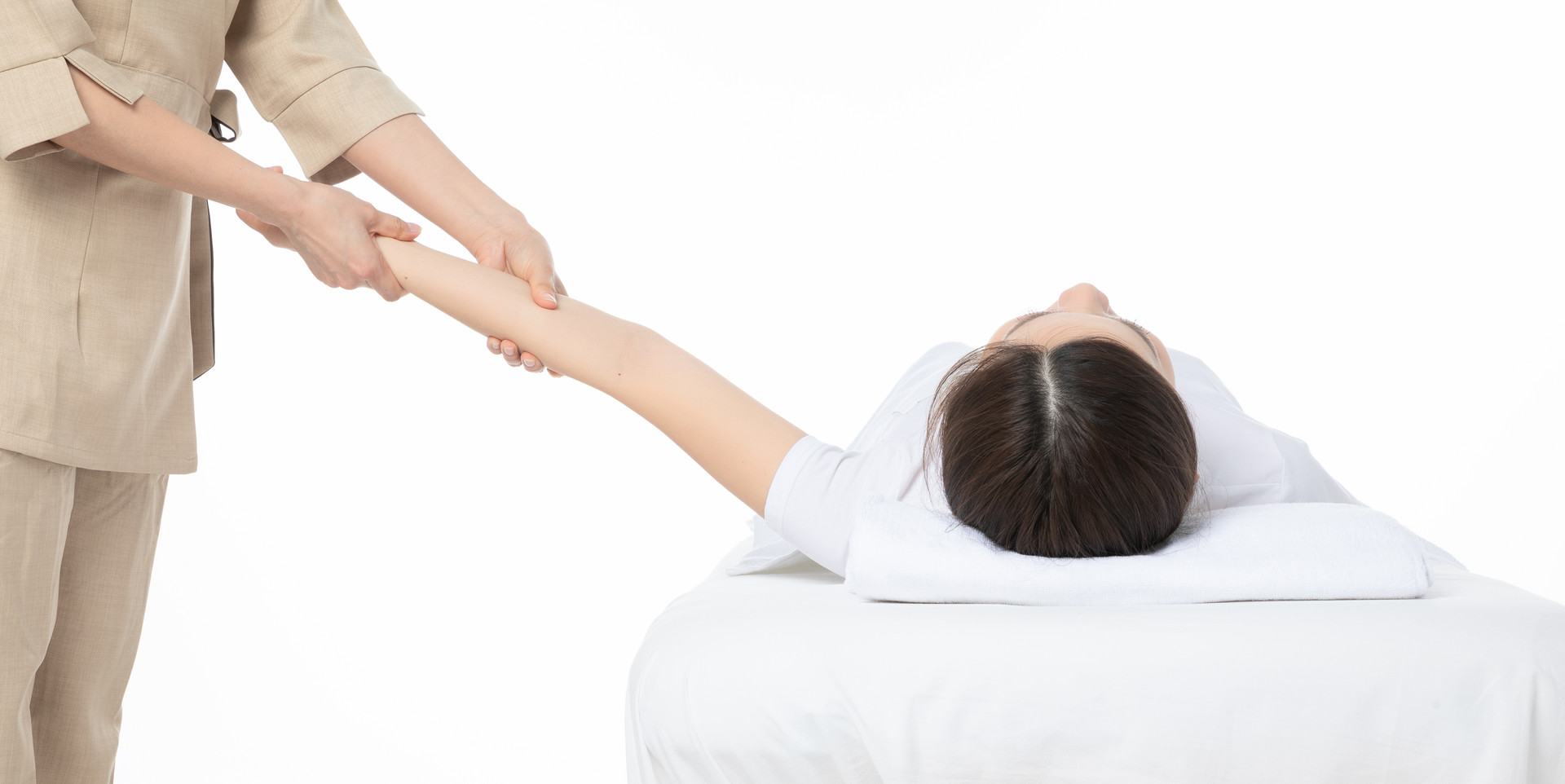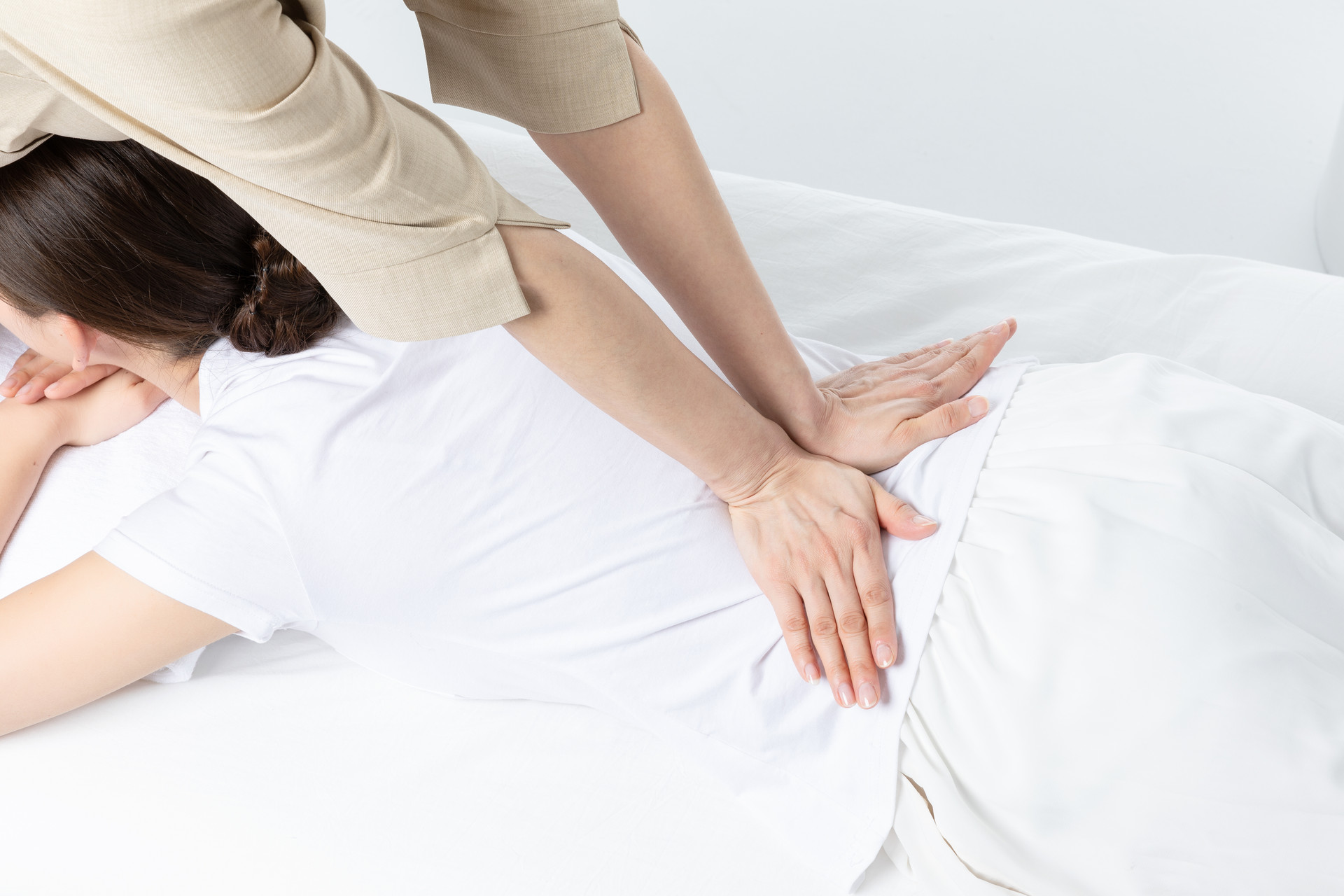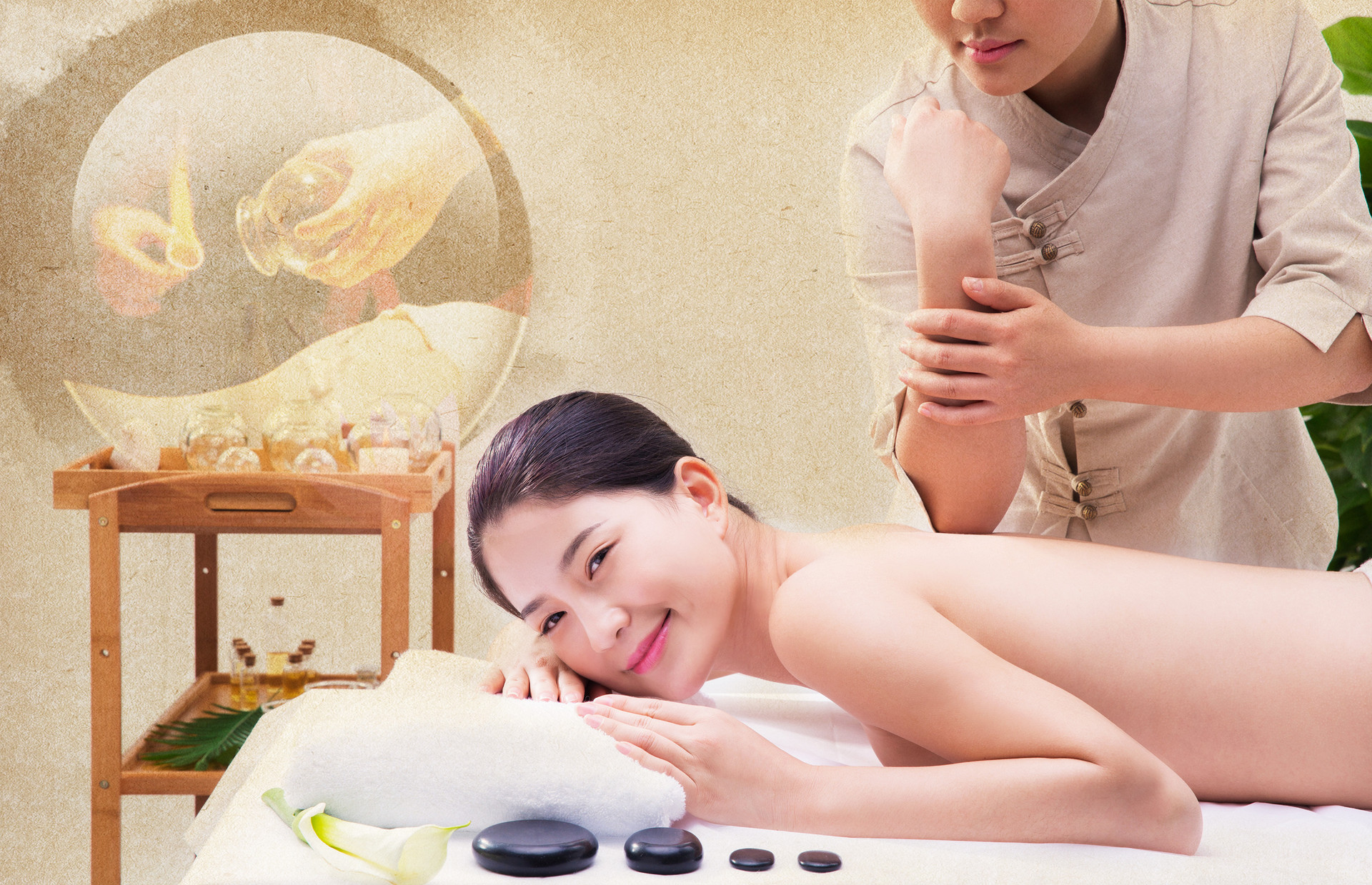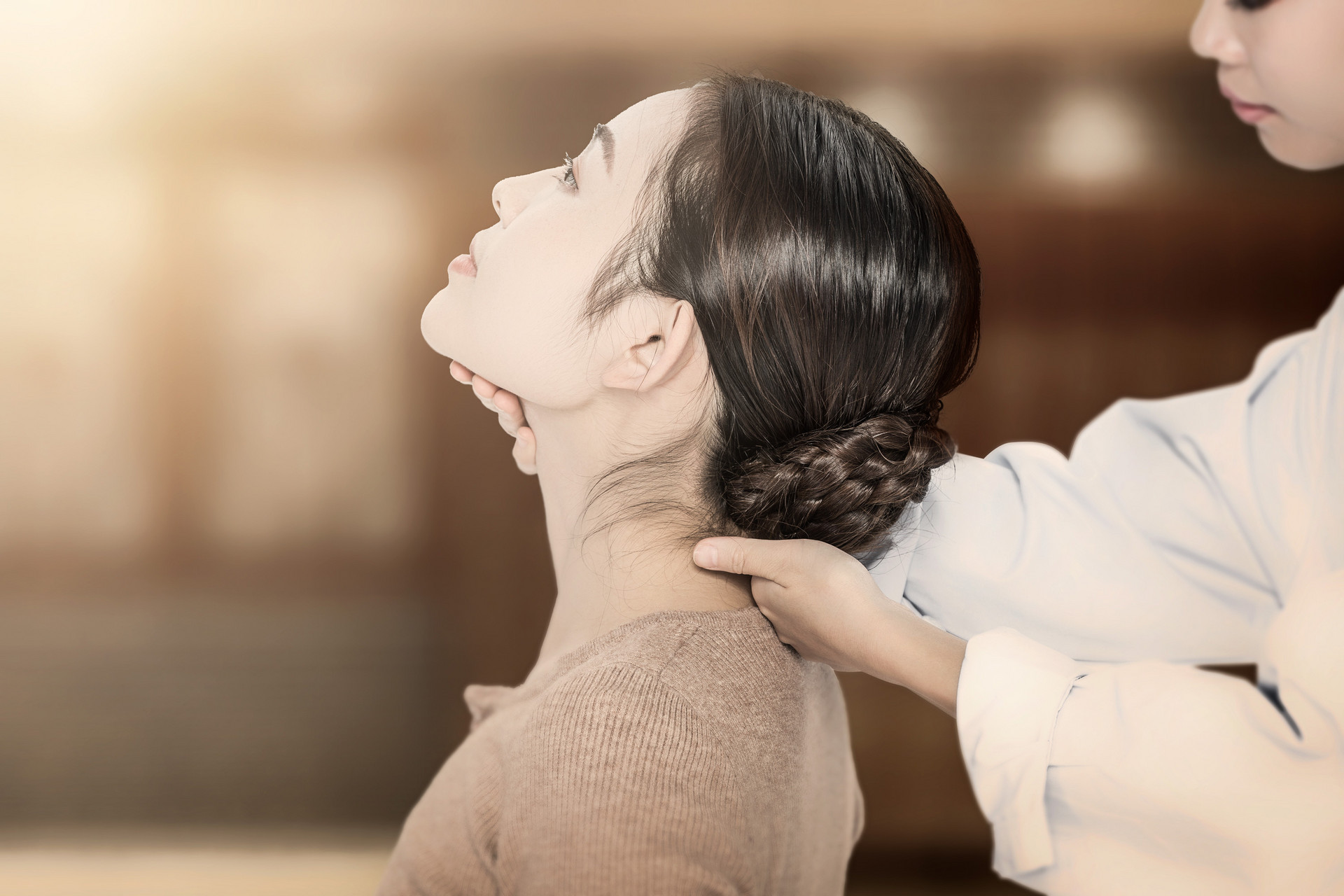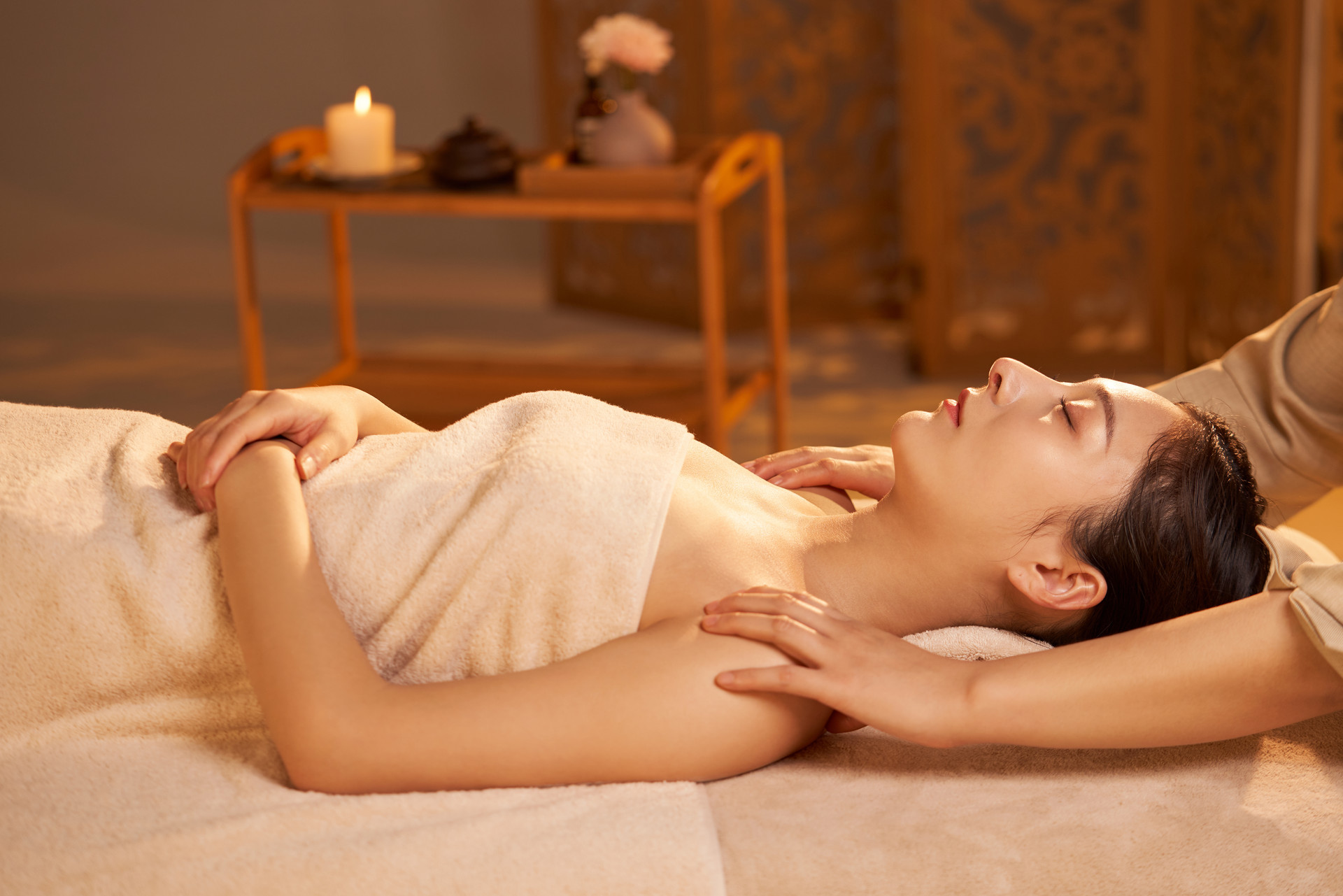Most friends are not very familiar with the Lǐgōu acupuncture point, but proper massage of this point is beneficial for our health. By massaging the Lǐgōu acupuncture point daily, we can alleviate and treat urinary difficulties, bedwetting, irregular menstruation, and even vaginal itching. So, how do we find the location of the Lǐgōu acupuncture point? Let me explain!
[Treating Vaginal Itching with the Lǐgōu Acupuncture Point]
The internal cause of vaginal itching is related to damp-heat in the liver and gallbladder. The Lǐgōu acupuncture point is precisely the point where warm and humid energy from the Sān Yīn Jiāo acupuncture point converges with the foot Shǎo Yáng gallbladder meridian. Therefore, pressing and massaging this acupuncture point provides immediate relief for vaginal itching.
The Lǐgōu acupuncture point is located on the bone, on the front of the bone. It is important to massage until you feel the bone. In ancient times, "Lǐ" meant ladybug, and "Lǐgōu" means a bug that always crawls here.
The Lǐgōu acupuncture point is effective for treating itching-related diseases. It is especially good for conditions such as scrotal eczema and vaginal itching caused by damp-heat. Women with menstrual problems will experience pain when massaging the Lǐgōu acupuncture point. It is recommended to massage this point regularly to dispel the pain, which will alleviate menstrual pain.
Acupuncture points are specific points for treating chronic diseases. The Lǐgōu acupuncture point is an acupuncture point on the liver meridian, which is connected to the gallbladder meridian. Therefore, it can not only treat chronic liver meridian diseases but also treat chronic diseases of the gallbladder meridian. It is specifically used to harmonize the liver and gallbladder.
However, for the best therapeutic effect, it is also necessary to combine it with the "Qūquán" and "Yīnlíngquán" acupuncture points to remove dampness. Drinking mung bean and coix seed porridge regularly can help eliminate liver toxins and damp-heat.
[Massage Techniques for the Lǐgōu Acupuncture Point]
Most people may not be very familiar with the massage techniques for the Lǐgōu acupuncture point. In fact, there are specific techniques for massaging this point. Only by learning the massage techniques for the Lǐgōu acupuncture point can we effectively massage it.
The patient should assume the most comfortable position (sitting or lying down), and use the thumbs to press and massage the Lǐgōu acupuncture point on both sides. This will create a local sensation of soreness, swelling, and pain. Then, flex and extend the ankle joint to enhance the feeling of finger pressure, and use a kneading technique to relax.
Massage for 5-10 minutes each time. In the acute phase, perform 2-3 times daily. In the chronic phase, perform once daily or every other day.
[Finding the Location of the Lǐgōu Acupuncture Point]
1. Standard Positioning
The Lǐgōu acupuncture point is located on the inner side of the lower leg, 5 cun above the tip of the inner ankle and in the center of the medial side of the tibia.
2. Method of Locating the Point
Sit or lie down, and draw a horizontal line on the medial side of the tibia, 5 cun above the tip of the inner ankle. The point is located at the intersection of the posterior 1/3 of the medial side of the tibia.
Sit or lie down, and at the intersection of the upper 2/3 and lower 1/3 of the line connecting the patella and the tip of the inner ankle, locate the point at the center of the medial side of the tibia.
For a quick location, sit down and measure 7 horizontal fingers vertically upward from the tip of the inner ankle. The point is located at the depression on the medial side of the tibia.
3. Anatomy of the Acupuncture Point
Below the Lǐgōu acupuncture point are the skin, subcutaneous tissue, and the tibialis anterior muscle. The skin is innervated by the cutaneous nerve. The subcutaneous tissue is loose and contains superficial veins, cutaneous nerves, and superficial lymphatic vessels.
The great saphenous vein and the sural nerve accompany each other and originate from the medial side of the foot dorsal vein network, ascending anteriorly to the medial side of the lower leg.
The superficial lymphatic vessels of the lower limb originate from the toes and converge into a lymphatic vessel network on the foot dorsum and sole. Most of the superficial lymphatic vessels merge into the superficial inguinal lymph nodes along with their tributaries along the great saphenous vein.
Only a small portion of the superficial lymphatic vessels merge into the popliteal lymph nodes along with the small saphenous vein. When needling, the needle passes through the skin, subcutaneous fascia, and the deep fascia of the lower leg, directly reaching the unprotected periosteum of the tibia.
Alternatively, the needle can pass through the medial side of the tibia and reach the tibialis anterior muscle, specifically the tibialis anterior muscle in the middle of the tibialis anterior muscle. This muscle is innervated by the tibial nerve.



